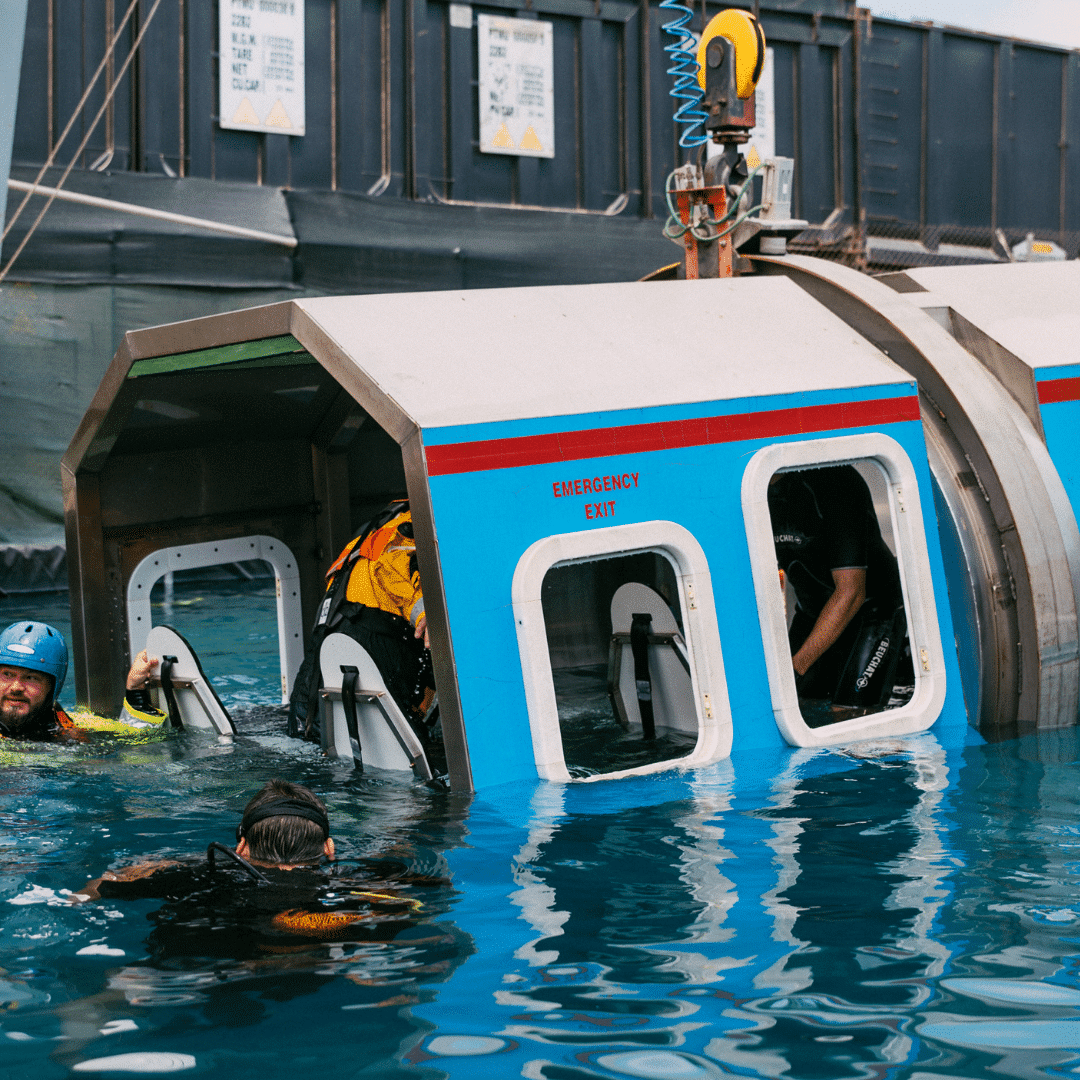Air travel, often hailed as the pinnacle of modern transportation, is deemed one of the safest ways to traverse vast distances. However, with this remarkable feat of human ingenuity comes its own set of challenges. One of the most critical challenges to manage mid-air is the occurrence of a fire. At 35,000 feet, there’s no option to “pull over” and wait for emergency services. Thus, understanding and tackling onboard fires swiftly becomes paramount.
The Unique Challenge
An onboard fire, if not addressed immediately, can compromise the structural integrity of the aircraft, jeopardize the onboard electronics, and of course, endanger the lives of all on board. The reduced atmospheric pressure, coupled with the confined space of an aircraft cabin, makes fires all the more unpredictable and potentially devastating.
Why Onboard Fire Training is Crucial
For cabin crew, training for such scenarios is not just about ticking a box for compliance. It’s a matter of life and death. Quick reactions, paired with a deep knowledge of firefighting techniques and tools available onboard, can be the difference between a contained incident and a major catastrophe.
- Detection: The first step is recognising the signs of a fire, which can often be subtle. Is it an unusual smell? A wisp of smoke? Early detection allows for immediate response, which is pivotal in a high-altitude environment.
- Containment: Once a fire is detected, containment is key. This involves using available tools, such as fire blankets, to smother flames or specialised extinguishers to combat specific types of fires, such as electrical fires.
- Communication: Keeping the flight deck informed, understanding the potential need for an emergency landing, and communicating with passengers to keep them calm and informed are essential components.
- Evacuation: In extreme situations where a fire cannot be contained, cabin crew must be prepared to initiate and manage an evacuation procedure once the aircraft has landed.
ISTC Cabin Crew Training: Elevate Your Preparedness
The International Safety Training Centre (ISTC) offers specialised training programs tailored for cabin crew members, focusing on various emergency scenarios, including onboard fires. By simulating real-life situations in a controlled environment, ISTC prepares cabin crew members to handle emergencies with precision, confidence, and expertise.
- Hands-on Experience: ISTC provides practical, hands-on experience with actual firefighting equipment, ensuring that trainees not only know the theory but also the tactile experience of handling a fire.
- Scenario-Based Simulations: The training modules are designed to mimic real-life situations as closely as possible, offering a genuine feel of the pressures and decisions that need to be made swiftly.
- Expert Instructors: ISTC boasts a team of seasoned professionals who bring to the table their vast experience and expertise in aviation safety.
For airlines aiming to fortify their safety standards, investing in high-quality training such as that offered by ISTC is not just a good move—it’s an essential one. Ensure that your cabin crew is equipped with the knowledge and skills to protect your passengers, your crew, and your aircraft.
Take the Step Forward
In an era where safety has become the watchword, can you afford to compromise on the training of your cabin crew? ISTC offers you the platform to ensure that in the face of adversity, your team stands tall, ready, and capable. Enrol your cabin crew in ISTC’s training programs today and elevate your airline’s safety standards to the skies.
